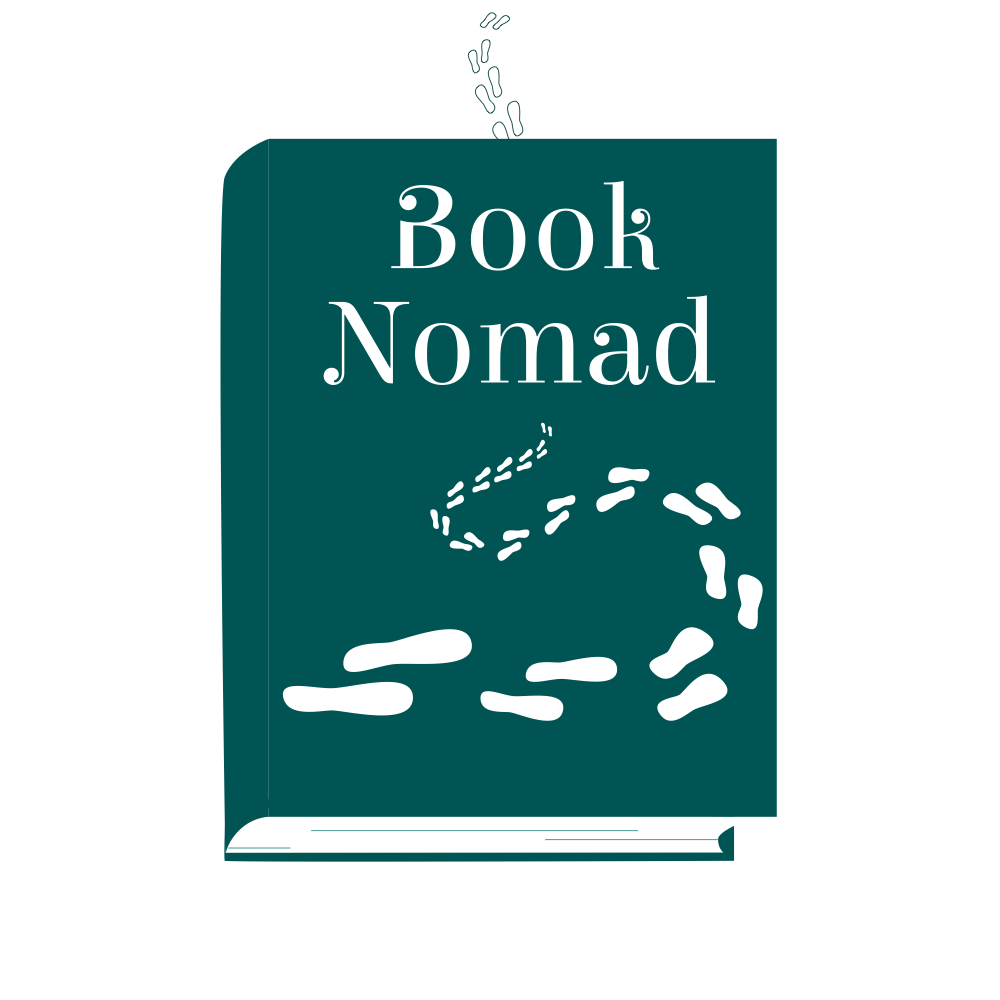When I came across this book, I had already heard of the Heath brothers as authors of “Switch”, which has been on my “to read” list for a good while. However, this one popped up on Scribd as an audiobook so I thought I would give it a go. My hope was to get some practical ideas for how to come up with ways to express concepts that will be engaging and, well, stick!
Each chapter of the book addresses a particular characteristic of ideas that will have a long-lasting impact. The one-word chapter titles certainly follow their first rule: sticky ideas must be simple. Having since looked at the contents page in the written book (I listened to the audiobook, remember), I have to admire the way they have written it to incite curiosity in the reader. They offer just enough to tempt you to read on.
The tone of this book is informal and the use of stories conveys their ideas in a clear and entertaining way. I found myself chuckling at several points of the book and nodding my head in agreement at others. There are plenty of examples that garner admiration for the innovative approaches people have used to make their ideas stick. At no point in the book did I really feel like it was getting monotonous. Once the focus of each chapter had been explained and its effectiveness demonstrated through stories, the reader is taken through an “idea clinic” in which a badly expressed idea is made stickier using the relevant technique.
In theory, this sounds like an effective way to write such a book. The problem is I finished it yesterday and I’ve already forgotten most of it. I’m sitting here now trying to remember the main ideas of the book and I’m struggling. Without a doubt, this is partly due to the fact that I listened to it rather than read it and I know I have a visual memory. However, even as I was listening, I was doubtful that I would be able to apply the contents to my own context. I wasn’t quite sure how I should move forward; what was the next step? Having said that, this isn’t a workbook nor is it a personal coaching session. Perhaps I am expecting too much.
To sum up, Made to Stick is a smooth and entertaining read based on a solid theoretical foundation, from what I can see. It is organised in a logical way and gives enough examples to demonstrate each technique clearly. To improve your experience, I advise reading it rather than listening to it as I did. I would also say that, like many books of this type, Made to Stick should be read as part of a wider exploration of theories and guidance on developing ideas and content (in general and in the particular field you are active in).
If you have read this book, do let me know what you think! Do you agree? Have you been able to apply it in your own life?


0 Comments